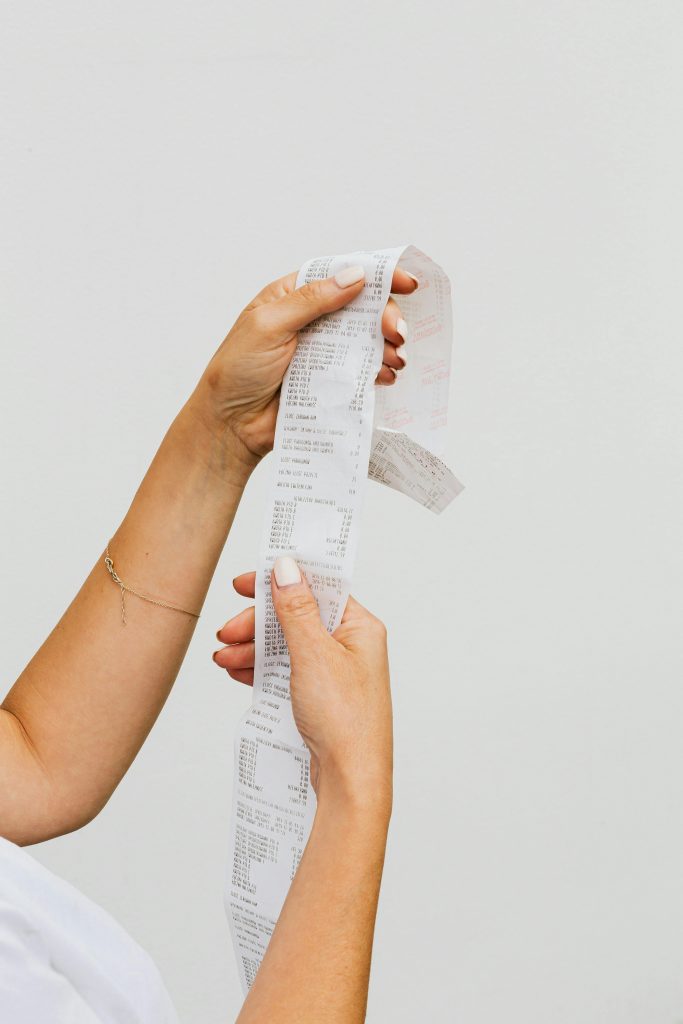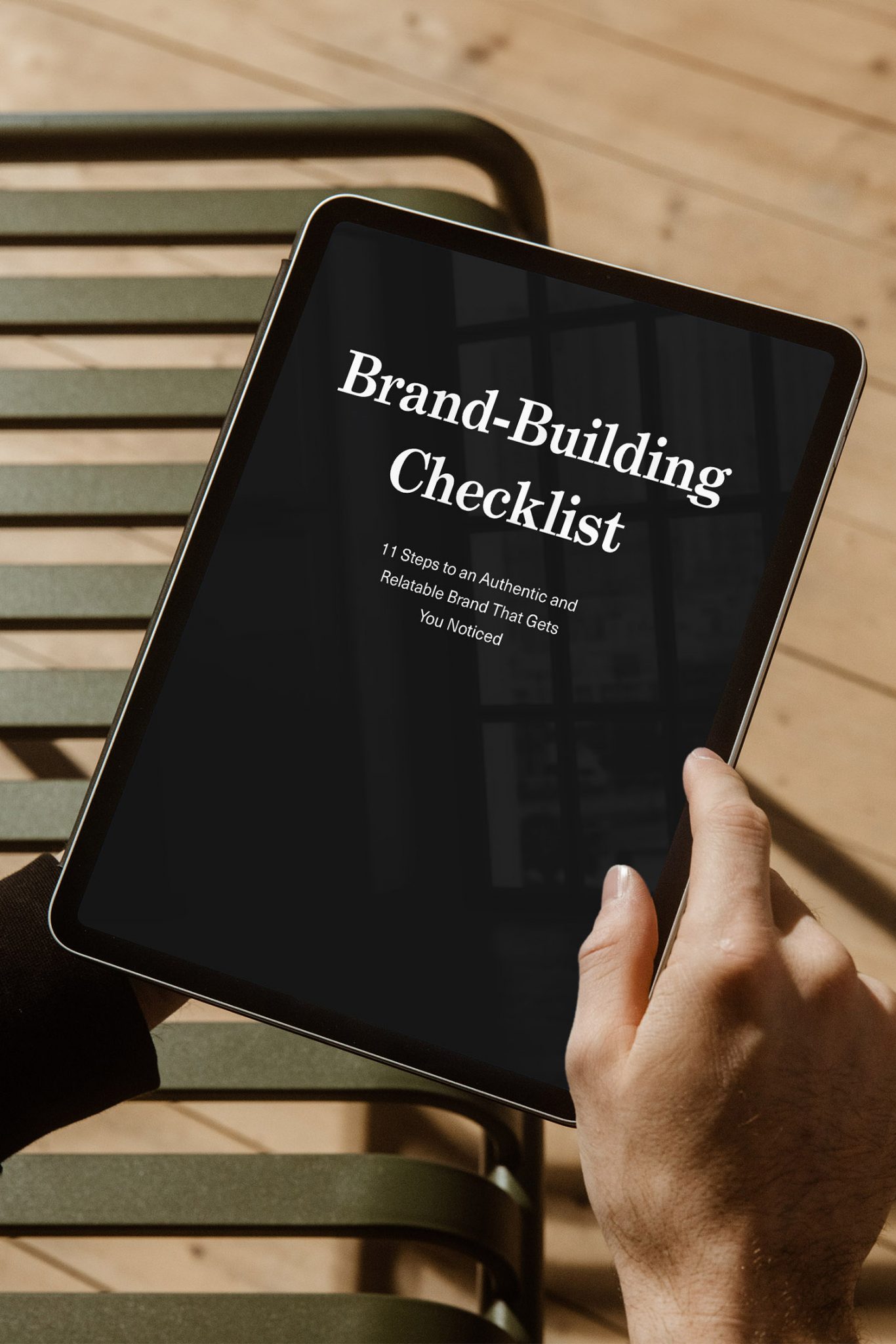Imagine hearing about a brand for the first time. You neither know what it does nor what it stands for. But then you read its tagline, and suddenly, everything is clear.
A tagline can serve as your brand’s elevator pitch and summarise its essence in one line. But taglines can do more than that.
In this article, we’ll explore the benefits of having a tagline and look into five ways taglines can help your brand.
However, before we get started, we should clarify one thing: Only a good tagline will benefit your brand. In fact, a poor tagline might even hurt your business.
Here are ten features that can characterise a great tagline:
- Memorable: easy to remember
- Clear: effectively communicates your brand’s message
- Unique: sets your brand apart from its competitors
- Reflective of Brand Identity: aligns with the brand’s voice, values, personality, etc.
- Engaging: captures attention and generates interest
- Timeless: remains relevant over time
- Versatile: works across all marketing channels
- Honest and Positive: fosters trust and is authentic to the brand
- Action-Oriented: inspires the audience to take action
- Scalable: adaptable to future brand growth
So, before you develop your brand and tagline, you should thoroughly examine your company, your competition, and your target audience. You might want to consider creating a brand strategy.
Now that we’ve got that out of the way, here are five benefits a tagline can bring to your business:
1. Strengthen Your Brand Identity
A tagline summarises your brand’s essence and communicates its purpose, values, brand personality, and/or mission at a glance.
A tagline can also immediately explain what your company does or what problem it solves. This is especially important for brands with no descriptive brand name.
If your brand name is not self-explanatory and your brand is not yet established, it may be challenging to identify what your company does. In this case, the tagline can help explain your offering.
For example, without the tagline “A Diamond is Forever,” people might not initially recognise De Beers as a jewellery company.
Likewise, the tagline “Broadcast Yourself” clearly communicates that YouTube is a platform for sharing personal videos and that the creator takes centre stage.
Conversely, a brand with a self-explanatory name like Happy Socks doesn’t need a tagline that clarifies what the company sells. Instead, the tagline could emphasise the company’s values or brand personality.
2. Increase Brand Recognition
A memorable tagline sticks in the mind and helps consumers to recognise your brand immediately, even in a crowded market and when the name or logo is not visible.
This works particularly well for established businesses. Everyone knows “Just Do It,” “I’m loving it or “Think different.”
But the truth is that it can take years—if not decades—for consumers to get used to associating your brand with its tagline.
As a small business or startup, you can’t just make up a tagline and assume that people will automatically associate it with your brand. Before this is possible, you have to train people’s memory structures and turn your tagline into a distinctive brand asset.
In some cases, the tagline even helps to strengthen the brand name itself.
One example is our local ride-share company in Wellington, Mevo, which uses, “Go with Mevo.”
Another example would be, “Maybe she’s born with it. Maybe it’s Maybelline.”
You might also like my article What makes a brand recognisable?, which draws insights from three research sources exploring brand recognition and distinctiveness.
3. Build an Emotional Connection
A well-crafted tagline can create a strong emotional resonance and thus strengthen the bond between your brand and its customers.
This is particularly relevant when the brand name alone cannot do this.
Let’s look at “A Diamond is Forever” by De Beers once more.
The tagline communicates not only what De Beers offers but also the financial and emotional value associated with diamonds. Some may think of a love that lasts a lifetime, while others may think of a capital investment.
Another example comes from Nike. The name itself says little, but “Just Do It” conveys a feeling of being able to do anything if you just try.
Emotions are crucial to building brand loyalty.
When consumers feel connected to your brand’s message and personality, they are more inclined to identify with it, increasing their chances of choosing your company over others.
It also works the other way around: if a brand already conveys a certain feeling, the tagline can help reinforce or trigger that feeling.
Some people might crave a McDonald’s meal when they hear “I’m loving it.” Others may feel the wind in their hair when they hear “Live to Ride, Ride to Live”—Harley Davidson’s tagline.
4. Stand out From the Competition
A tagline can emphasise a brand and highlight its uniqueness compared to the competition—thus emphasising its positioning.
It can succinctly express what benefits or advantages consumers can expect from your brand.
An iconic example of this is “We try harder” from Avis.
Avis introduced the tagline when the company trailed Hertz in the car rental industry. The tagline openly acknowledges that Avis is not the first choice, which conveys authenticity to the customer.
Another example is Bose, with the tagline “Better Sound Through Research.” This tagline emphasises the company’s focus on research and innovation and conveys that the products must be superior in quality.
Or take Dollar Shave Club with the tagline “Shave time. Shave money.” Here, the company emphasises that Dollar Shave Club sells razor blades more cheaply and saves time thanks to its direct-to-consumer business model.
At the same time, it also emphasises the fun brand personality that sets Dollar Shave Club apart from ordinary household brands.
5. Lend Ideas for Marketing Campaigns
Good taglines can be translated to marketing and advertising and thus give the brand a common thread.
The example of Avis is relevant in this case as well.
The company has developed numerous campaigns around its tagline “We try harder,” with statements such as “We are only the second choice; we can’t afford not to empty our ashtrays” or “We can’t afford bad customer service.”
Likewise, Coca-Cola consistently incorporates themes in its advertising that align with its tagline “Open Happiness,” emphasising the joy and sense of community associated with its brand.
You may also like my article What Is a Tagline? (Featuring 50+ Brilliant Tagline Examples), my most successful article to date.
Conclusion
A well-crafted tagline is a valuable asset for strengthening your brand’s identity, attracting customers, and differentiating your company from competitors.
It not only conveys your brand’s values but also fosters an emotional bond between the brand and its customers and can even serve as inspiration for your marketing campaigns.
When done well, your tagline has the power to enrich your brand’s perception and make a lasting impact on your company’s success.
Title image by John Diez






